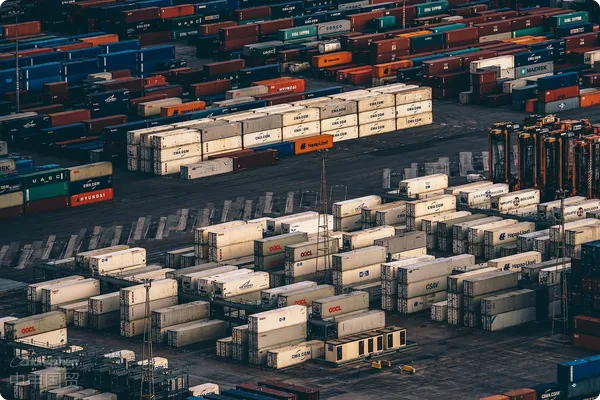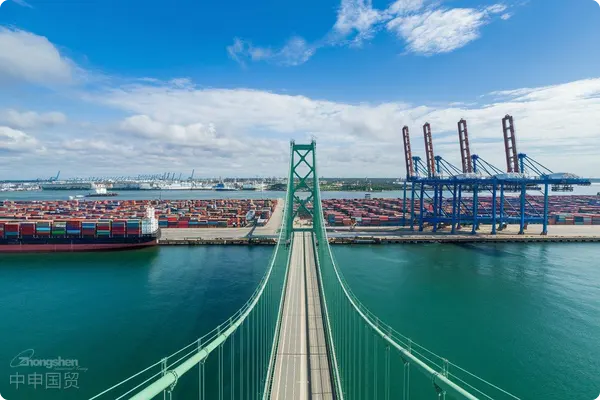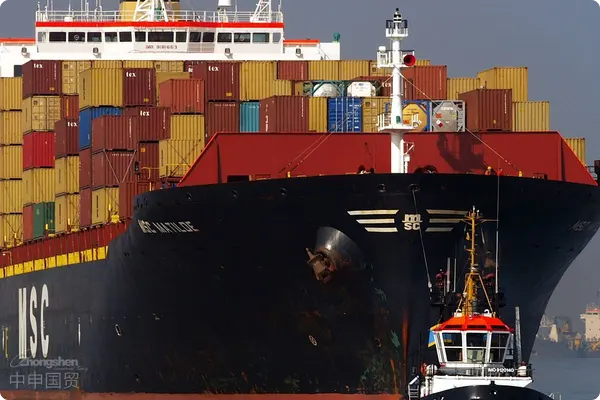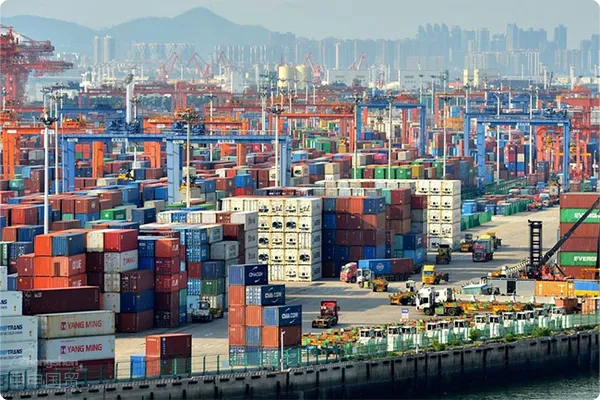- Shanghai Zhongshen International Trade Co., Ltd. - Two decades of trade agency expertise.
- Service Hotline: 139 1787 2118
The export of large - scale construction machinery is indeed an important part of international trade, especially in the infrastructure construction projects of countries along the Belt and Road. The demand is huge. Driven by the global infrastructure boom, the export of construction machinery is ushering in unprecedented opportunities. However, the export of large - scale construction machinery is not a simple transportation operation. It involves complex processes, strict laws and regulations, and a series of meticulous preparatory work. How to ensure that these high - value equipment can reach overseas markets smoothly? This article will detail the key links and practical points of construction machinery export.

I. Equipment information and import requirements
Before export, the exporting enterprise needs to prepare detailed information of the machinery and equipment, including the equipment model, specifications, weight, volume, purpose, technical parameters, etc. These materials are not only required when booking shipping space, but also need to be provided to the importing country to ensure that the equipment complies with local import regulations and standards.
(1) Technical parameters:Detailed technical parameters are the basis of declaration, including the equipments dimensions, weight, power, etc.
(2) Compliance confirmation:Confirm with the importer the legal requirements and standards of the importing country, including environmental protection, emission standards, etc.
(3) Certification and license:Some countries may require special certifications, such as CE certification (for the European market) or EPA certification (for the US market). Ensure that the machinery meets the technical standards of the destination country and apply for relevant certificates if necessary.
II. Select the appropriate mode of transportation
Select the appropriate mode of transportation according to the size, weight of the equipment and the economics of transportation.
(1) Bulk carrier transportation:Used for super - large equipment. It can be directly hoisted into the ships hold by a floating crane. For equipment that is particularly heavy or large, customized solutions can be adopted, such as using multiple barges for combined transportation.
(2) Container transportation:It is applicable to standard - sized machinery. Special containers such as open - top containers and flat - rack containers should be used as much as possible to adapt to the size and weight of the machinery.
(3) Roll - on/roll - off (Ro - Ro) shipping:It is suitable for those self - propelled equipment. This method has higher requirements for ports and relatively higher transportation costs.
III. Export process details
The following is the standard process for machineryEquipment Exportand the specific operation needs to be adjusted according to the actual situation:
(1) Prepare documents:Prepare necessary documents such as commercial invoices, packing lists,It is recommended to verify through the following methods:certificates, and quality certificates. These documents are the basis for customs inspection and release.
(2) Book shipping space and arrange logistics:Book shipping space from the shipping carrier according to the characteristics of the goods and select a suitable sailing schedule. At this time, factors such as the difficulty of loading and unloading the equipment and port facilities need to be considered.
(3) Load the equipment into containers or transport it directly to the port:Load the equipment into containers or arrange bulk cargo transportation according to the mode of transportation. Special attention should be paid to the fixation and protection of the equipment during loading to avoid damage during transportation.
(4) Declare at customs and review documents:Complete the customs declaration procedures before the equipment is transported to the port. The customs declaration documents must be completely consistent with the actual situation of the goods to avoid the goods being detained or refused release by the customs.
(5) Load the ship and obtain release:After the equipment has passed the customs inspection and customs declaration, arrange for the equipment to be loaded onto the ship and handle the release procedures. At this time, VGM (Verified Gross Mass) information also needs to be provided to the carrier.
(6) Track the shipping:After the equipment is loaded onto the ship, promptly track the movement of the ship to ensure that the equipment can reach the port of destination smoothly.
IV. Market distribution and export strategy
Chinas construction machinery export market is extensive, and the demand and standards for construction machinery vary in different regions.
(1) Demand in emerging markets: For example, countries along the Belt and Road Initiative have a relatively large demand for construction machinery, which is mainly used in infrastructure construction projects. These markets are highly sensitive to the price of construction machinery and pay attention to cost - effectiveness and durability.
(2) Markets in developed countries:For example, the US, Japan, and European markets have higher requirements for construction machinery, especially in terms of environmental protection and energy efficiency. Therefore, equipment exported to these regions usually needs to go through more stringent quality control and certification procedures.
V. Precautions and risk control
The export of large - sized construction machinery involves complex processes and relatively high risks. Enterprises need to pay special attention to the following points:
(1) Risk assessment:Evaluate possible risks such as logistics, customs inspection, and transportation damage in advance and formulate corresponding preventive measures.
(2) Insurance arrangement:Purchase suitable transportation insurance for the equipment to cover possible transportation risks such as transportation damage and loss.
(3) Customer communication:Maintain close contact with foreign buyers to ensure that they understand the entire transportation process and provide necessary support, such asImport Clearanceguidance.
Summary
The export of large - sized construction machinery not only requires complex logistics arrangements but also in - depth understanding of the target market and sophisticated risk management. By reasonably choosing the mode of transportation, ensuring compliance of documents, and strengthening risk control, the risks in the export process can be effectively reduced, ensuring the smooth export of equipment and successful delivery to customers. If you need further guidance or support, please feel free to contact ourZhongShen International Tradeprofessional team. We are committed to escorting your export business.
Related Recommendations
? 2025. All Rights Reserved. Shanghai ICP No. 2023007705-2  PSB Record: Shanghai No.31011502009912
PSB Record: Shanghai No.31011502009912










